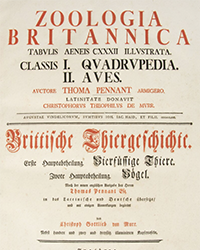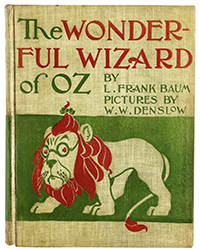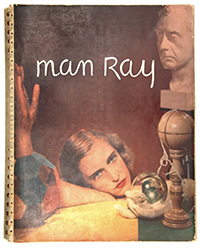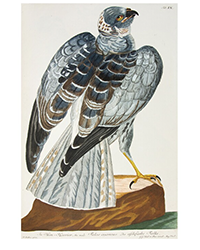Frieze Masters is one of the great shows and gatherings. However, it is devoted to art, not books. But... Dr. Jorn Gunther Rare Books is attending Frieze Masters 2025 in October. Maybe most books are primarily text, but some are filled with great art. Books can be art too, and those Dr. Gunther is featuring are well-qualified for Frieze Masters. They offer not printed images of art, but hand-drawn artwork. These works are old, either pre-dating printing or from an era before colorful printed images were even possible.
Dr. Gunther has a group of books described as the Treasures of Longleat. Longleat House is a house in Warminster, but for the Marquess of Bath, it would be fair to say his house is his castle. Literally. This house is huge, home of the Thynn or Thynne family since the 16th century. It was purchased by the first of the family in 1541 and passed down through the generations ever since, the last eight being Marquesses of Bath. All of those generations could have lived there together if they lived that long.
Naturally, they had a library, and Gunther is offering a “an exceptional collection built up in the 16th and 17th century by the Marquesses of Bath. Our treasures from Longleat include exceedingly rare manuscripts that are true witnesses to history – from the monasteries of the Anglo-Norman period to the court of Cosimo de’Medici.”
The oldest item is The St Benet Holme Apocalypse. This is an early example of the Anglo-Norman book arts, likely from the 11th or 12 century. St. Benet Holme was a monastery of the Order of St Benedict, better known as the Benedictines. It features a large historiated initial with a man fighting a wild best. It is the earliest known manuscript from the medieval library of the Abbey of St. Benedict. The abbey is long gone but some limited ruins still remain.
The Canterbury St. Augustine isn't quite so old, dating from before 1230. It is a book of treatises on science and religion, such as it was in 1230, one of only two copies in private hands. It contains 17 scientific diagrams.
This is an extraordinary copy of John de Burgh's Pupilla Oculi. It was a compendium of church laws made understandable to parish priests so they could use them in practice. It dates from 1415-1420. The illumination is spectacular, the work of the one known as the Corpus Master.
Now for a truly amazing item. It is a Book of Hours, filled with illustrations. There are 51 miniatures, 18 of them full-page. There are 24 illustrated calendar leaves with portraits of saints, zodiac signs, floral and ornamental borders, all in color. It was illustrated on velum by Jean Pichore in his workshop in France circa 1509. These were the hours of Catherine of Aragon. She had an enormous impact on the history of England, and effectively, on America as it later became an English colony. She changed the history of England, though she hardly set out to do so. She just found herself in an unhappy situation with all sorts of intrigue swirling around her.
Catherine was married to Arthur Prince of Wales at age 16. Arthur was heir to the British throne, but he died a few months later. Catherine nevertheless became queen. She married Arthur's brother, Henry VIII. She didn't know then what we know now, this would not be a lasting marriage. Henry would go on to have six wives, two of whom he had executed. Catherine was not that unfortunate. She refused his request for an annulment when Henry fell for Anne Boleyn. The Pope also refused to grant him an annulment. It was because of this that Henry set up the Church of England as a replacement, to get a church willing to give him annulment. The result was the English monarchy became separated from the church in Rome and England became a primarily Protestant country. England, and its later colony in America, still are Protestant today. They would not be so if Catherine had acceded to Henry's demands, but she stuck to her guns. Her Book of Hours undoubtedly helped to strengthen her resolve. Catherine was sent off to spend the rest of her days in the countryside, still calling herself Queen. After doing all of this, Henry tired of Anne anyway, had her executed, and moved on to wife number three.

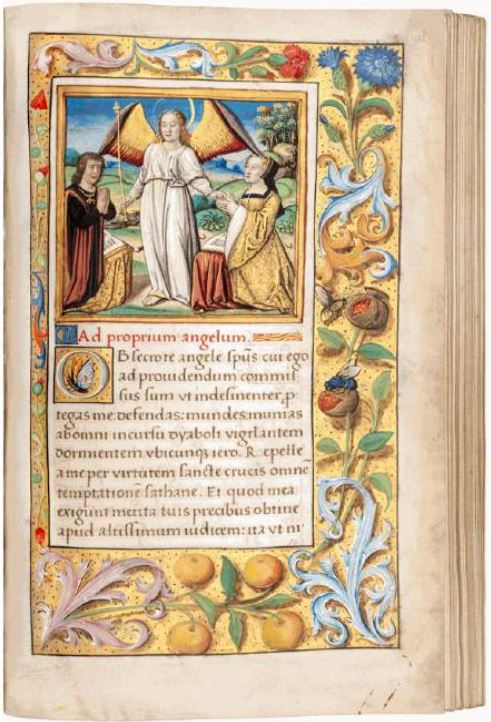
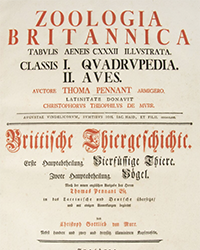
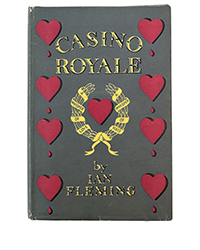
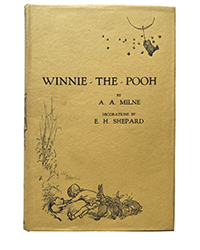
![<b>Sotheby’s:</b> Ernest Hemingway. <i>Three Stories And Ten Poems,</i> [Paris], (1923). First edition of Hemingway’s first published book. $75,000. <b>Sotheby’s:</b> Ernest Hemingway. <i>Three Stories And Ten Poems,</i> [Paris], (1923). First edition of Hemingway’s first published book. $75,000.](https://ae-files.s3.amazonaws.com/AdvertisementPhotos/acf970a0-a15d-4c79-aa24-5e8e414cb465.png)
